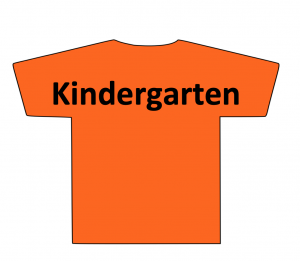
Thalit Sqwelqwel Stories of Truth has teacher resources from K-12. Since I teach primary students, I wanted to focus on resources suitable for K-3 students . There are four sections: Xwexwa’ls Xwe’Ilsolem precontact, Staleta Skwul Residental Schools, Shxwyayametel Reconciliation, and Shxwi’Aylexw Saliwes Worldviews.
When you click Xwexwa’ls Xwe’Ilsolem precontact there are areas that educators can explore with their classroom. In this section there is the Skwolkwelt Sememlat anchor resources, Kwoles Ye Selyolexwe elder’s corner, and the Lhe’a Kw’e Slilsleqalqel tour. In this area, there is an inquiry question (What are the many ways we can acknowledge the history and knowledge of the land pre-contact and work to share the knowledge with each other?) that educators can pose to their students and open the floor for discussion. Then there are videos of storytelling that can be watched, audios that can be heard, and a visual tour of Lhe’a Kw’e Slilsleqalqel. There are also five digital resources that teachers can use to to learn about different Indigenous cultures.
When you click Staleta Skwul Residental Schools, there are also anchor resources, an elder’s corner, and a tour. Educators can learn and teacher their students about residential schools by starting with an inquiry question (What are the many ways we can acknowledge Mission’s own part in the residential school experience by giving voice to our Elders and members of our community?), using lesson plans that are provided, listening to an elder’s experience at residential schools, and then there is a tour of a residential school.
When you click Shxwyayametel Reconciliation, there are anchor resources and an elder’s corner. The inquiry question in this area is What are authentic ways we can honour the reconciliation process in our hearts, thoughts and deeds? Students can then watch videos of students who participated in acts of Reconciliation at a site of a residential school. There are also lesson plans that teachers can use for Orange Shirt Day for K-12 students. Then in the elder’s corner, an elder discusses how Reconciliation occurs today and how Sq’ewlets are learning about their history, their own people, and their significance to the Sto:lo People.
Finally, when you click Shxwi’Aylexw Saliwes Worldviews, there are anchor resources and the elder’s corner. The inquiry question is How can our exploration of Aboriginal values across the globe promote change and create a positive learning environment for ourselves, our students, our families and our land? Teachers can show their students two videos: one is a documentary of Sto:lo Peoples in the past and present and the Seven Sacred Teachings. In the elder’s corner, elder’s share their stories, knowledge, and advice with youth.
This resource would be a great addition to add to the content I teach students each year.
